Deconstructing Golani retreat: How Hamas forced Israeli military into a corner
By Shabbir Rizvi
In a potentially course-altering turn of events, the Zionist regime’s much-hyped and celebrated “Golani Brigade” has just retreated from the besieged Gaza Strip – completely humiliated and functionally inoperable.
This notorious military brigade has existed since the 1948 Nakba and has been instrumental in carrying out some of the occupying regime’s most horrific war crimes against Palestinians.
This week, the Hamas-led Palestinian resistance dealt a heavy blow to the brigade that will take years to recover from – the time they do not have.
Israeli military officials claim that the brigade is “regrouping.” But information has leaked, in combination with public announcements, which reveals that it is no tactical regroup.
Not only have a significant number of Israeli regime officers been eliminated by the resurgent Palestinian resistance fighters, but scores of troops are also either dead or wounded.
The regrouping at this point means the infamous Golani Brigade, which is the pride of the Zionist occupation, has been rendered incapable of carrying aggression within Gaza. The eliminated officers include rankings ranging from sergeant all the way to multiple lieutenants, colonels and commanders.
The significant lack of leadership and destroyed troops, paired with those who have been wounded or suffer mental health (PTSD) issues have put the brigade out of commission, at least for the foreseeable future.
Within their ranks, morale is at an all-time low, especially considering the fierce fighting still displayed by Palestinian resistance, which has effectively pushed the occupation forces on the back foot.
By most modern military standards, being forced into a retreat with no plans for re-entry means losing roughly 30 percent of a fighting force. It is reported that the Golani Brigades lost anywhere between a quarter and a third of its active force, with significant leadership ranks eliminated with no replacements.
It is long known that the Tel Aviv regime hides its true number of casualties. If we can estimate that they lost even a conservative fourth of their Golani force, the number of casualties for the brigade alone could range from 250 to approximately just below a thousand.
The beginning of the end was the start of the Al Aqsa Storm (also known as Al Aqsa Flood) operation on October 7, which took the regime and its Western backers by complete surprise.
Israeli military general Moshe Kaplinsky revealed that the initial operation led by Hamas led to the elimination of 72 occupation soldiers from the Golani brigade alone.
But as the Golani troops entered Gaza for the first time in nine years, they were quickly reminded by the Palestinian resistance why they didn’t stand a chance the last time.
Between failing to defend themselves from Palestinian ambushes and their own incompetence, the brigade found itself sniped, shot at with rockets, and blown to bits by traps - particularly on December 12, when resistance fighters led by Hamas destroyed several Golani officers within a single ambush.
The significance of the December 12 ambush must be meticulously examined. It not only was a tactical victory for Palestinian resistance, but its cascading effects have forced the occupation regime to rethink its strategy completely, likely permanently.
It is reported that four Zionist soldiers lost contact with the rest of their company in the al-Shujaiya neighborhood. When a rescue mission was underway to retrieve them, they were ambushed and several officers were eliminated.
Amid the confusion and lack of leadership, several other regime soldiers were also eliminated. Losses were suffered in both the 51st and 13th Battalions based on data released by Zionist media.
The Israeli top brass are almost always forced to report the death of major officers to their media.
That day, the list was a lot bigger than other days, and questions were raised about the effectiveness of the Zionist troops - especially as Hamas published video after video of successful confrontations, while the Zionist army’s staged surrenders and fake evidence were mocked and questioned.
Thus, panic ensnared the Israeli occupation forces - and their performance showed it.
On December 15, Israeli forces announced that their soldiers mistakenly killed three Israeli captives, thinking they were Palestinians. Zionist media reported the captives were yelling in Hebrew and carrying a white flag. All three were shot and killed.
These are the markings of a military in catastrophic disarray.
Then, even before the “regrouping” on December 21, came the actual sign of defeat: seven days after the ambush, on December 19, Tel Aviv offered to revive talks for a swap and temporary ceasefire.
Elite Israeli forces give up 'death trap' Gaza quarter after heavy losses: Reporthttps://t.co/Mr9lyNpWAihttps://t.co/Mr9lyNpWAi
— Press TV (@PressTV) December 22, 2023
This decision was framed as out of the blue by many Western media outlets. Some Western media resources even naively saw this move for an exchange as an act of mercy, which just concedes that it is well known that the Israeli regime is carrying out a textbook genocide.
But nothing happens without reason - especially in warfare. As we have examined, the days that followed the ambush likely were met with low troop morale and even lower performance not just from the Golani brigade but from all Zionist forces within Gaza.
It is also important to note that within this time frame, Tel Aviv saw more anti-Netanyahu protests. From all fronts, the idea that the occupying regime was winning in Gaza was collapsing.
“Progress” was screeching to a complete halt. The Zionist army needed time and scrambled to negotiate an unfavorable deal.
Hamas rejected it, demonstrating that they determined the course of the battle and would begin any exchange process on their own terms - with their offer of “all for all” (all of the Israelis held by Hamas released for every Palestinian held by Israel).
Understanding this order of events and their intention is key to what is happening on the battlefield.
If the Zionist regime retreated first and then offered talks to have captives released, this would surely show their Western backers, primarily the United States, that they do not stand a chance.
After all, their entire ground invasion has been an awkward maneuver to prove that Hamas are “terrorists” via fabricated evidence. The entirety of the ground invasion is a feeble attempt to justify their genocidal crimes.
But, in order to cover up their unsustainable losses, they choose to offer exchange talks again, then frame their retreat as a “regroup” as an effect of failed talks.
This intentionally dilutes the matter. The cause of the retreat is not failed talks or the inability to retrieve captives - the cause of the retreat is the effectiveness of the Hamas-led resistance.
The bottom line is that the unified Palestinian resistance forces are dealing blow after blow to a confused and low-morale Israeli army. While this is happening, international pressure is mounting on Israel to stop the indiscriminate Gaza bombings, while Yemen and Hezbollah continue to put the Zionist regime in a chokehold of their own on their respective fronts.
Tel Aviv has nothing to show for its barbaric slaughter of 20,000 plus Palestinians, most of them children.
The regime asserted weeks ago that this war would last months. But if this current trajectory of warfare is maintained, then Palestinian victory is within reach and a foregone conclusion.
Shabbir Rizvi is a Chicago-based political analyst with a focus on US internal security and foreign policy.
(The views expressed in this article do not necessarily reflect those of Press TV)
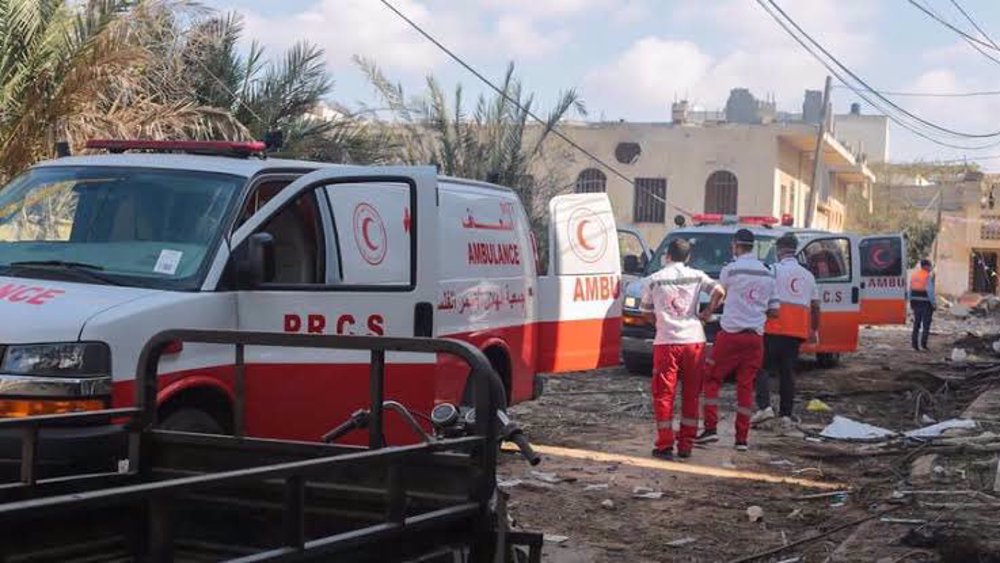
Israeli military admits to firing on ambulances in Gaza

Israeli spy agency asks African countries to take Gazans: Report

Israel kills at least 43 in Gaza in 24 hours
VIDEO | Rome demo slams EU for complicity in Israel's genocide in Gaza
VIDEO | Nigerian Islamic movement demands accountability for fatal attack on Quds Day protesters
VIDEO | 'Israeli regime is depriving us of all celebrations'
Former female Israeli captive raped by famous Israeli fitness trainer: Reports
Hamas agrees to proposal on national unity government; vows weapons are resistance’s ‘redline’
Iran a central supporter of Palestinian cause; Israel a demonic entity feeding off US: Hezbollah
Quds Day rally organizers, participants in Kashmir booked under draconian law
VIDEO | US crackdown on pro-Palestinian voices


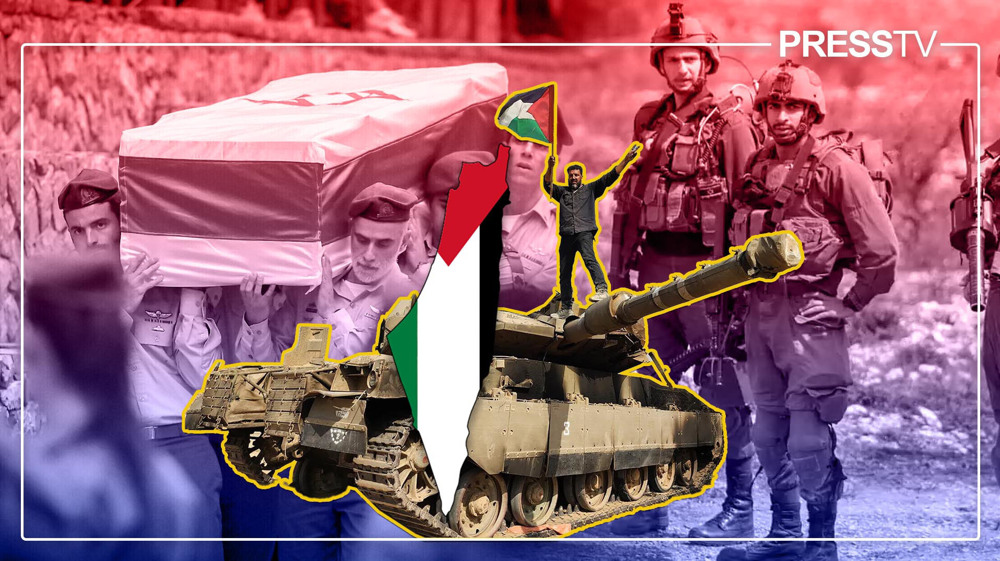




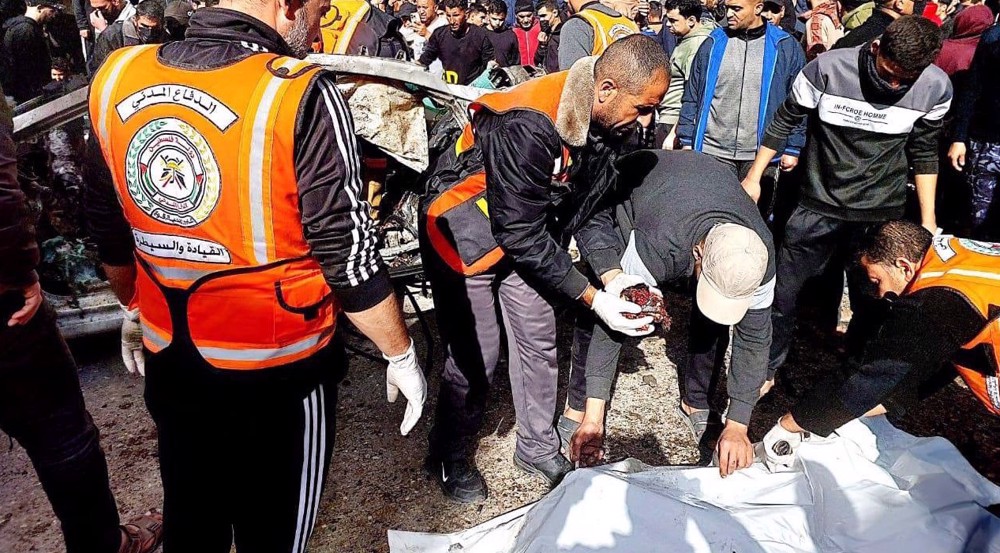

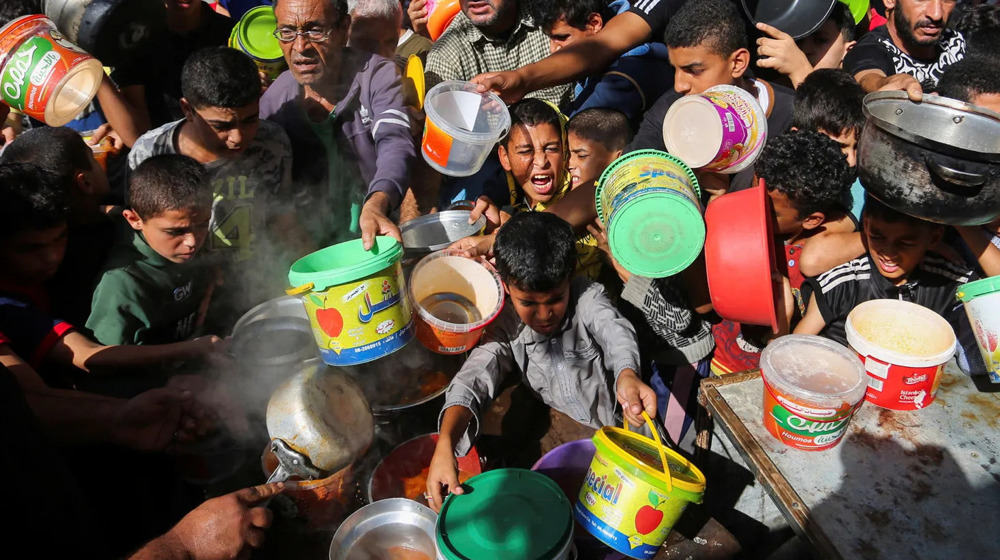
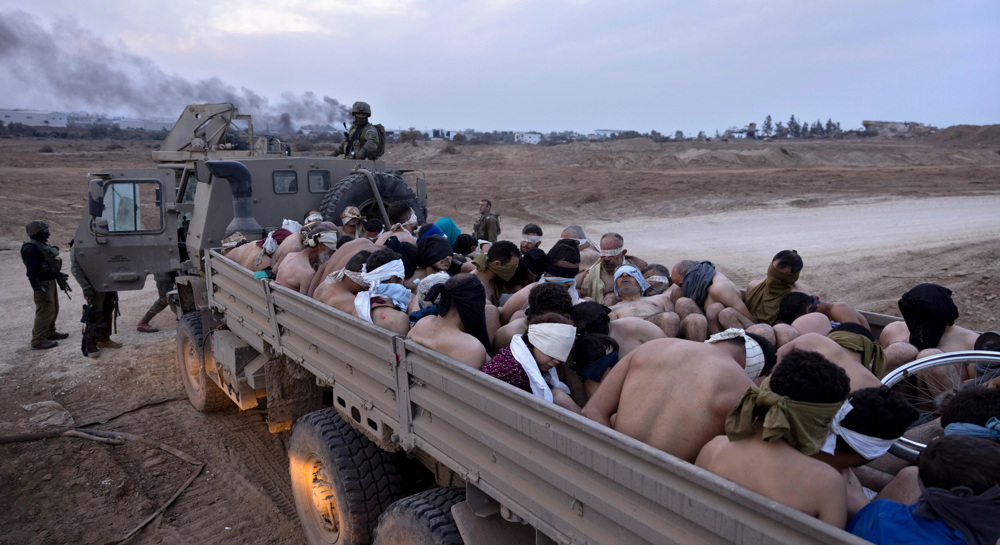
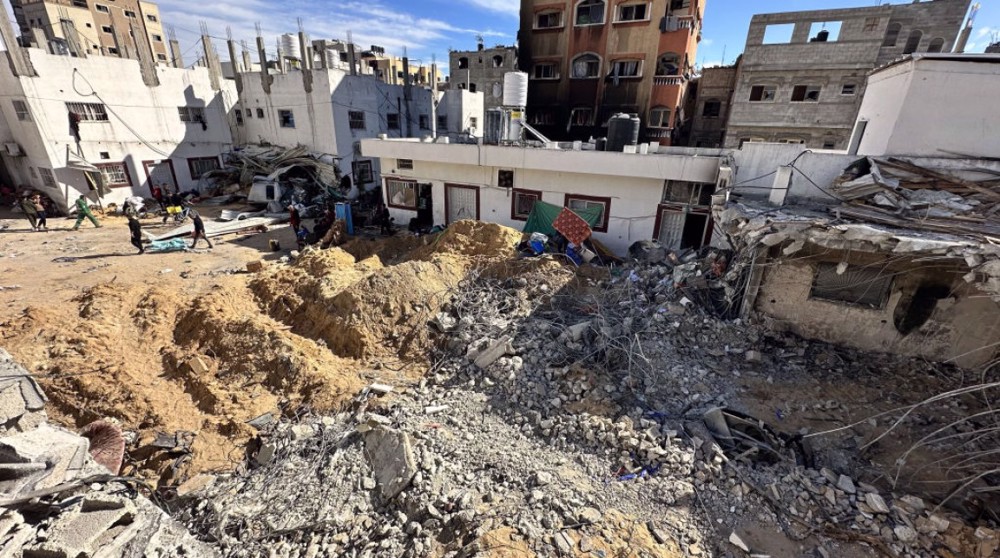

 This makes it easy to access the Press TV website
This makes it easy to access the Press TV website